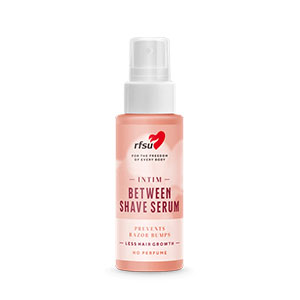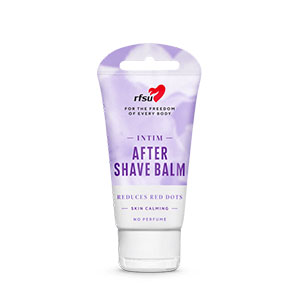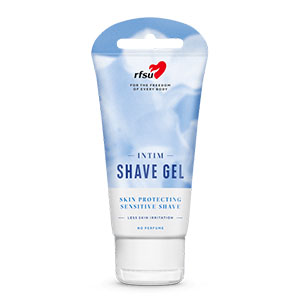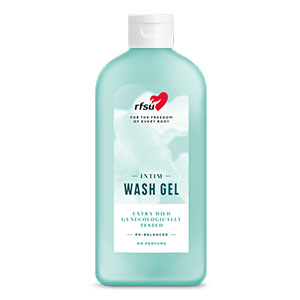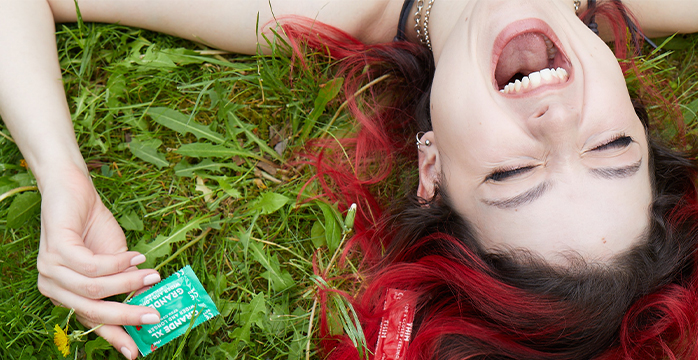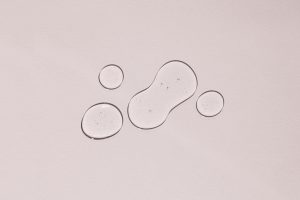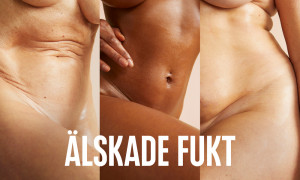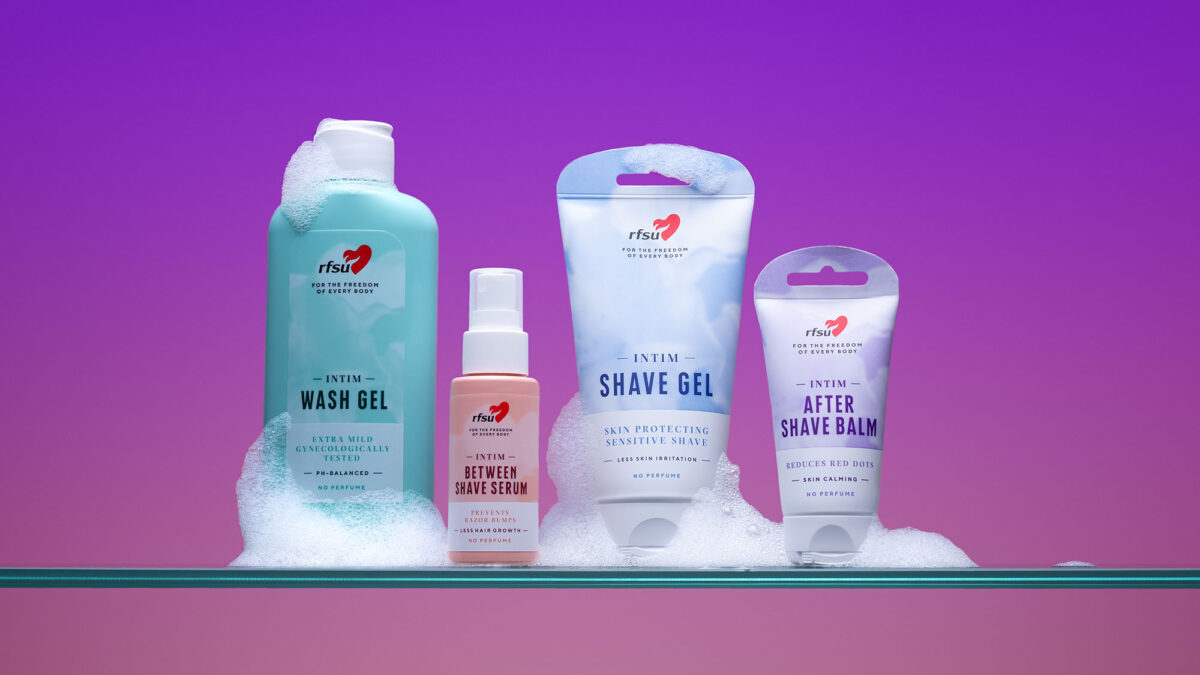
Intimate shaving without getting razor bumps
Many people enjoy the feeling of a shaved genital area. But ingrown hairs and razor bumps can make things uncomfortable after shaving. RFSU's midwife and sex educator Åsa Enervik guide you how to succeed with intimate shaving.
The feeling of having freshly shaved skin makes some people also want to remove hair on their genitals. But before you do that, it can be good to know how best to shave in the intimate area.
To reduce the risk of the result of intimate shaving being more red and bumpy than smooth, RFSU’s midwife Åsa Enervik gives her advice.
“Shaving causes tiny, tiny damages to the skin. So it’s important to use a sharp, clean razor to reduce the risk of red spots and other problems. It’s also good to use a product that makes the razor glide more easily and reduces friction,” says Åsa Enervik, midwife and sex educator at RFSU.
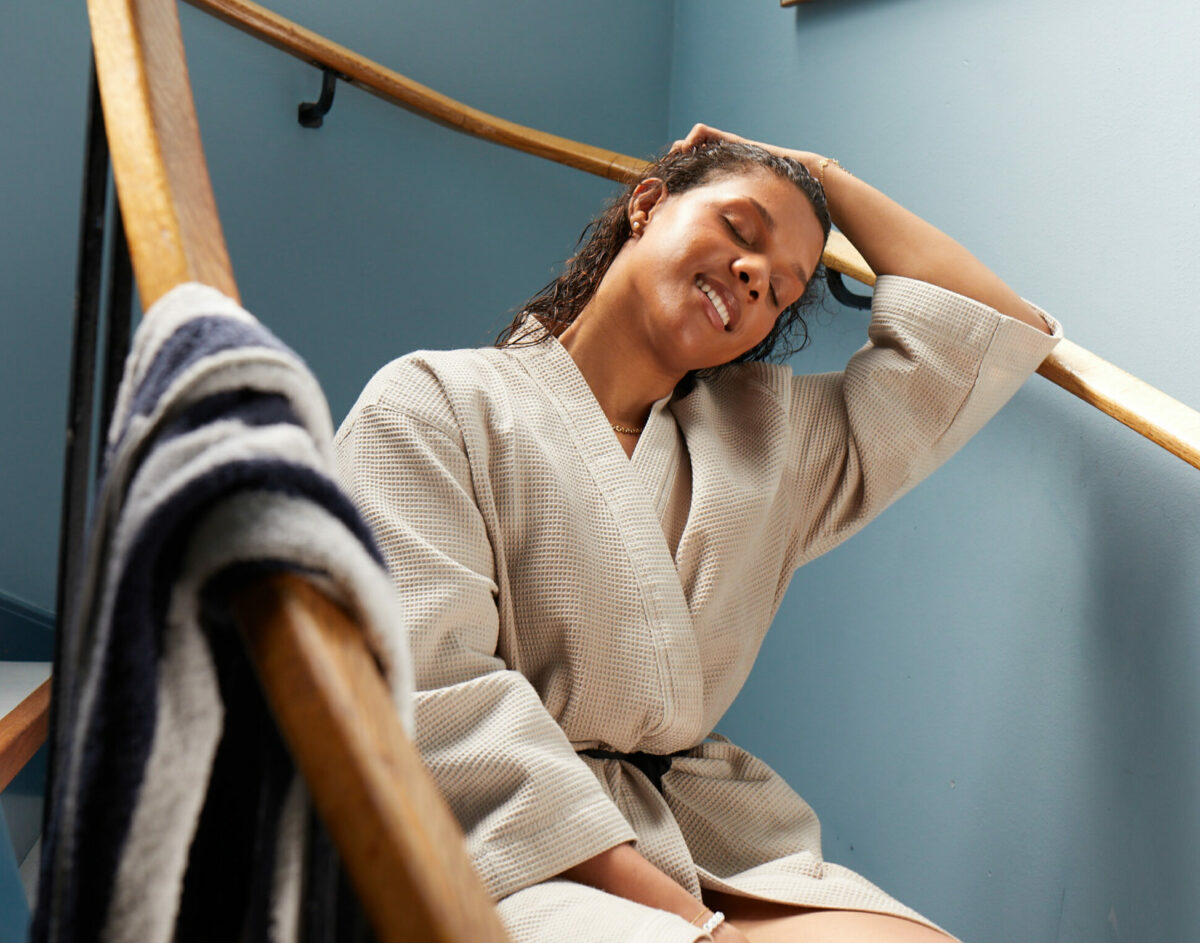
How to avoid razor bumps when shaving
To minimize the skin damage caused by shaving and reduce the risk of inflammation and razor bumps in the intimate area, it is important to be thorough while intimate shaving.
- The most important factors in intimate shaving are to change the razor often and to have a special razor that is only used on the genitals.
- After shaving your genitals, it is important to protect and moisturize the skin around the intimate area.
– It can be helpful to apply something that cools and soothes. There are special products that are made to restore the skin after intimate shaving. The skin often becomes dry after shaving, so if you want to be able to continue shaving, it is particularly important that the skin is intact and supple. If you are dry or have other skin problems, you should not shave at all. Then it is better to cut or use trimmers that do not wear as much on the skin, says Åsa Enervik.
If you have dry, or other skin problems, you should not shave at all. Åsa Enervik, Midwife and sexual educator, RFSU

Wash properly between shaves
It is important to think about how you treat your skin between shaves. For example, it is important to wash your genitals properly and not to use strong perfumed soaps between intimate shaving.
- Use a soap that is adapted to the genital area. And remember not to use soap everywhere.
- Do not use intimate soap inside the labia, on the glans or under the foreskin. Just use lukewarm water and a fragrance-free oil.
Moisturized skin tolerates intimate shaving better
It is common to experience itching and problems caused by inflamed hair follicles and ingrown hairs after shaving the genitals. This is because when shaving the intimate area, there is a high risk that the hair follicles become inflamed and start growing inwards instead of outwards.
Inflamed hair follicles and ingrown hairs can be painful and make the intimate area red and irritated. Therefore, moisturizing and aftercare of the skin between shaves is important.
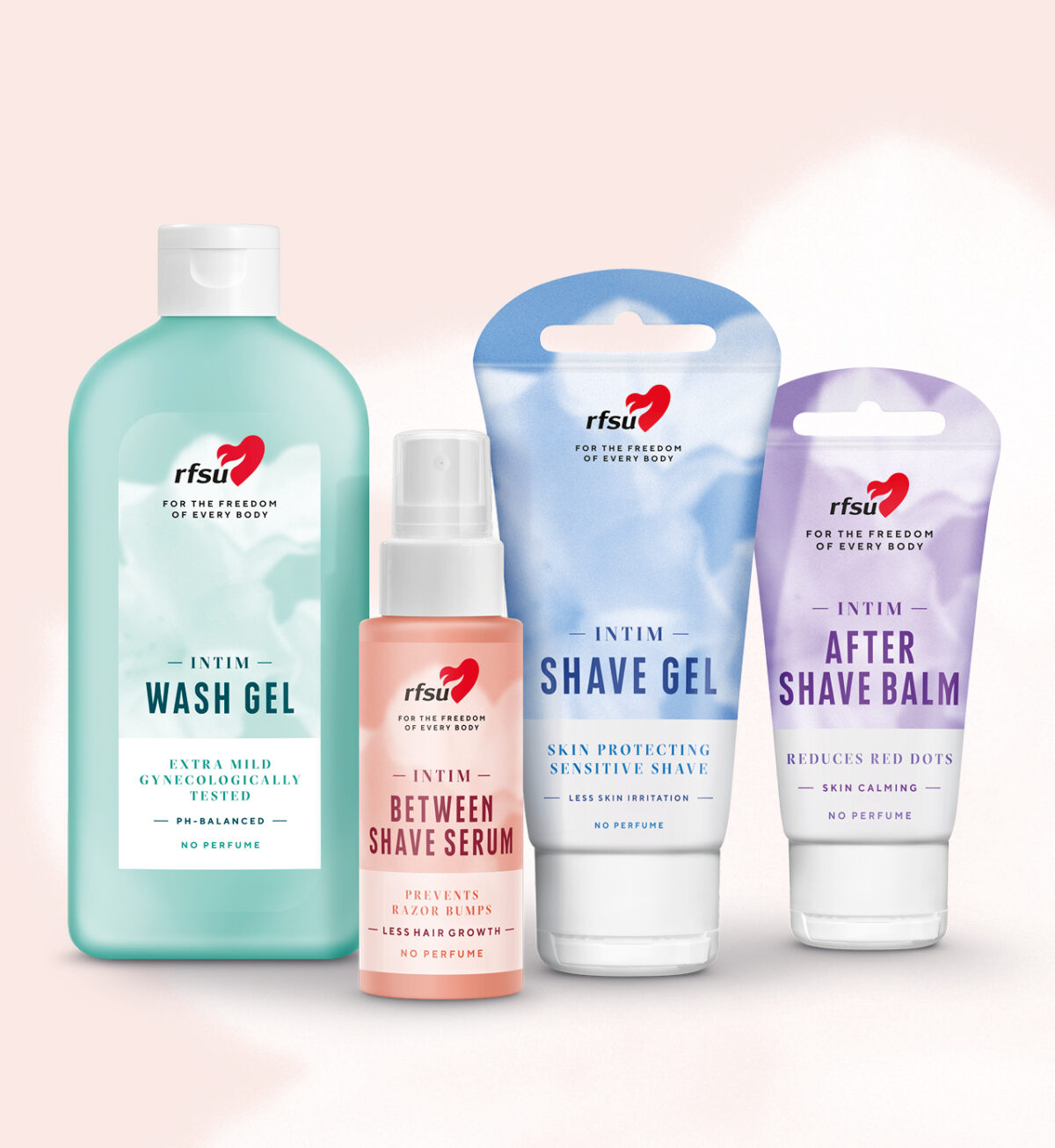
No more ingrown hairs
RFSU has developed a solution to the problem of ingrown hairs with the Intim Between Shave Serum that is applied after shaving and between shaves.
The serum slows down hair growth and contains mild AHA fruit acids that gently exfoliate the skin to counteract ingrown hairs after shaving.
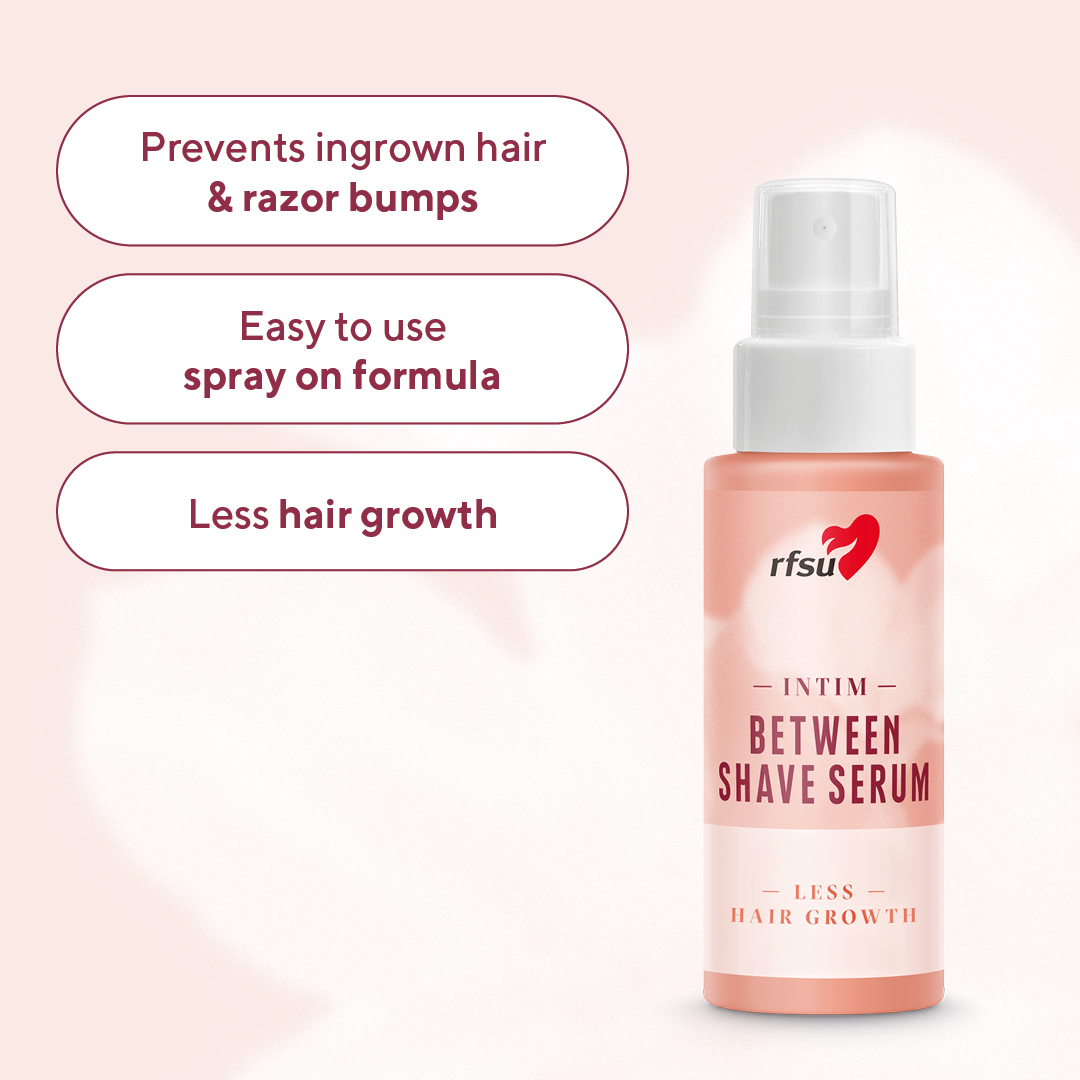
If you suffer from razor bumps and ingrown hairs despite shaving correctly, it may be good to give your skin a rest. Some are simply more sensitive than others.


